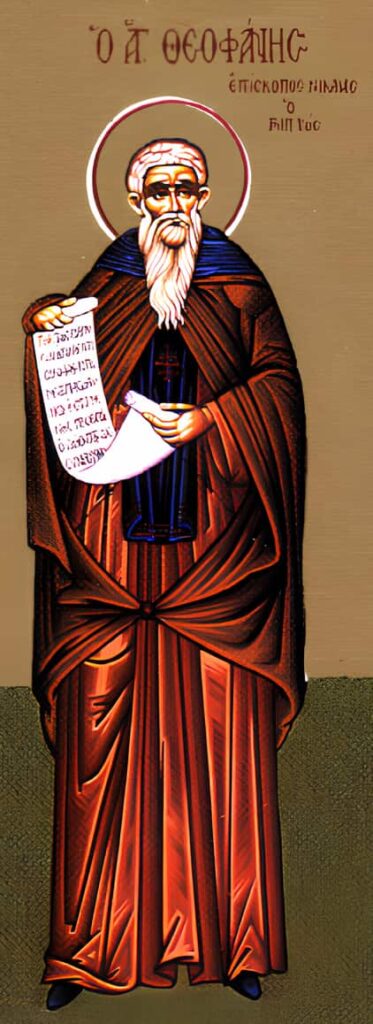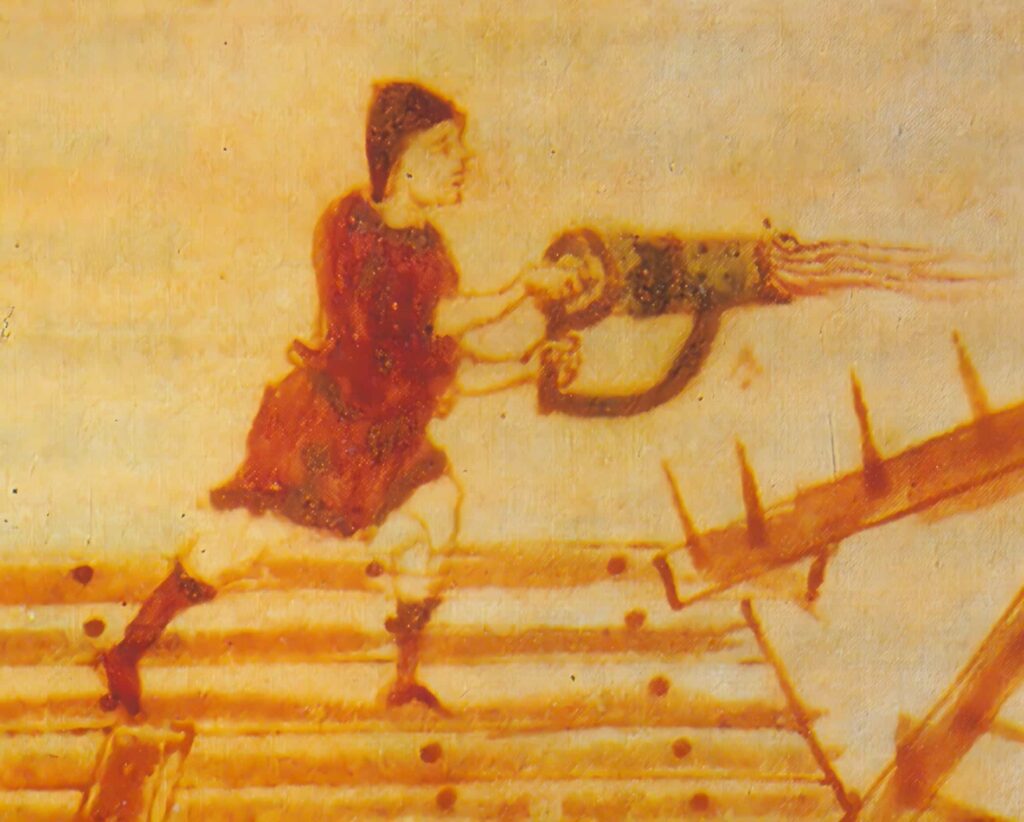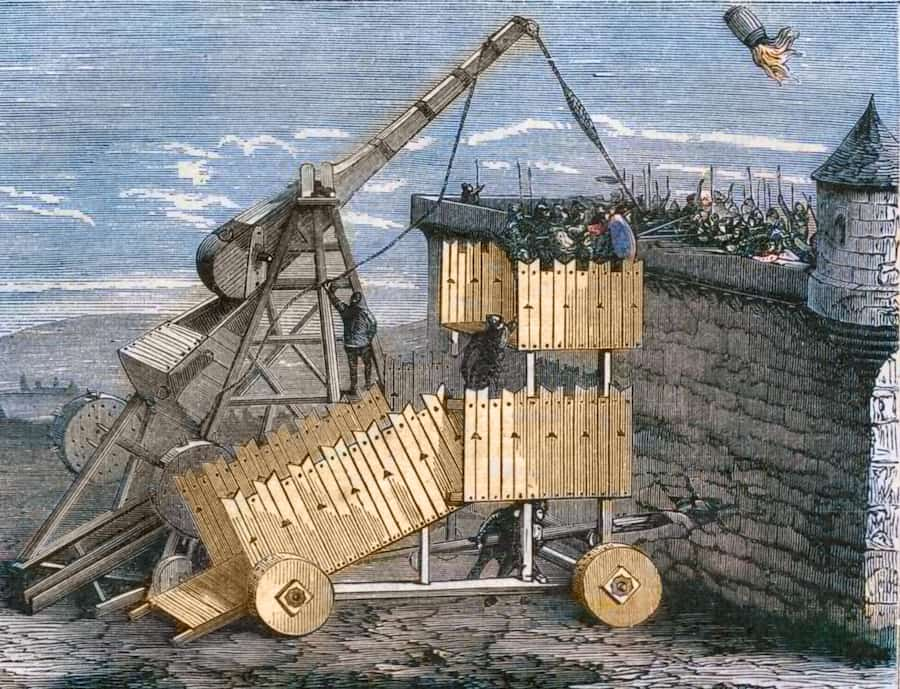Kallinikos or Callinicus of Heliopolis (620-678) was a Byzantine architect, inventor, and chemist who lived during the 7th century. According to the Byzantine chronicler Theophanes (760-818), there was intense animosity between Arabs and Byzantines in the region where Callinicus lived. Because of this, he decided to flee to Constantinople (modern-day Istanbul) just before the Battle of the Yarmuk (636).
Biography

Born in the city of Heliopolis (Syria), there is little information regarding Callinicus’ origin and early years. It has been suggested that he hailed from Heliopolis in Egypt.
This speculation might be linked to the fact that Callinicus likely fled from Syria to Egypt before the Arab invasion, eventually making his way to the capital of the empire. He is first mentioned in the year 673.
Therefore, Callinicus may have been born in the 620s. With the conquest of Syria in the 630s, he relocated to Egypt, where he acquired knowledge, possibly studying in Alexandria, one of the leading centers of learning. In 641, after the city’s capture by the Arabs, he fled to Constantinople, where he presumably continued his practical experiments. Additionally, he is mentioned as an architect and engineer.

Consequently, according to researchers, he may have been involved in civil or military projects for some time, including the construction of ports, fortifications, or vessels. It is believed that Callinicus invented Greek fire (known to the Byzantines as maritime or shining fire) in 670, as well as special siphons to project the fire. It is also known that Callinicus had recipes for two other fires, but the specifics have been lost.
Callinicus became most famous for his defense of Constantinople against the Arab fleet and army. In 677, his invention, Greek fire, was applied, swiftly destroying the enemy fleet and causing widespread panic among the Arabs. The subsequent fate of Callinicus remains unknown. A hypothesis suggests that his descendants were involved in manufacturing and preserving the secret of Greek fire for several generations.
The Greek Fire: A Strange Weapon That Destroys Fleets

Worried about the Arab invasion, Callinicus of Heliopolis invented a highly flammable liquid substance, which he used as a weapon. Around the year 673, Caliph Mu’awiya I (602-680) commanded his victorious Arab forces in a naval battle against Constantinople. The fall of Byzantium at that time would have opened the gates from Europe to penetration through Greece and the Italian peninsula, with no state powerful enough to resist them.
However, in contrast, the Arab fleet was completely destroyed by the use of a strange weapon then unknown, the Greek fire of Callinicus of Heliopolis, first used in the “Battle of Cyzicus” near Constantinople in the year 673. The ingredients of Greek fire were kept secret by Callinicus’ family and still remain a mystery. It was likely a mixture of naphtha, potassium nitrate, and possibly calcium oxide.
Reports say that the product does not extinguish with water; instead, it disperses in it, releasing a large amount of heat. Callinicus’ main and innovative discovery was apparently the introduction of a kind of tube to project the fire. This new weapon enabled the victory of the Byzantines and was also crucial as a historical fact for world defense, as it allowed the Byzantines to stay in the city until the year 678 when the Siege of Constantinople by the Arabs occurred.
Greek fire was also used in 1151 in France. The technique introduced by Callinicus in Byzantium was certainly inspired by an ancient technique used in ancient China.


